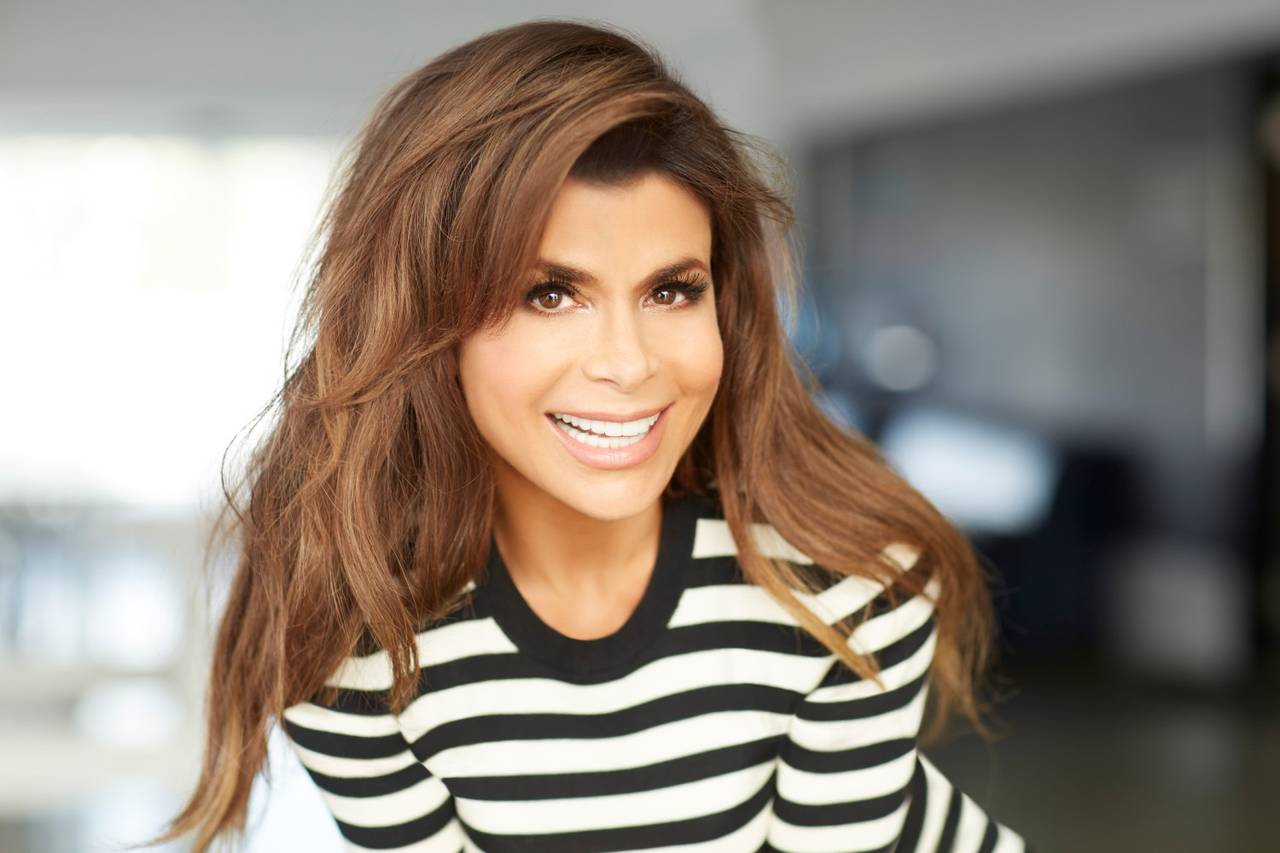Paula Abdul on Her Secret Childhood Dance Studio
Nov 22nd, 2016
The dancer-choreographer recalls an L.A. home where she taped routines and used the kitchen sink as a ballet barre
Published in The Wall Street Journal

Paula Abdul, 54, is a Grammy-winning dancer, choreographer, actress and singer who recorded six Billboard No. 1 singles and two No. 1 albums. She is a judge on Fox TV’s “So You Think You Can Dance” and is planning a 2017 tour. She spoke with Marc Myers.
I was born in Los Angeles, and up until age 10, my family lived in a condominium complex in North Hollywood. I was always surrounded by music. My older sister, Wendy, listened to all types of music, including records by Carole King, Stevie Wonder, Blood, Sweat & Tears, Earth Wind & Fire, and the Jacksons.
My early years weren’t easy, which is probably why I’ve always been tenacious. I was born three months premature with collapsed lungs and a broken windpipe. For the first two years, inhaling too deeply caused me to faint. But eventually I grew strong.
Growing up, I had my own bedroom. It had yellow wallpaper with flowers. The bed had a beautiful spread with white, pink and light-green frills. Instead of a stuffed animal I had a stuffed satin leg with a ballet shoe. I loved to dance.
I was first exposed to dance at age 4, when my family watched “Singin’ in the Rain” on TV. Gene Kelly was floating on air, and I fell in love with him. I wanted to do what he did.
But I had my work cut out for me. At birth, I had weighed 2.8 pounds and my hips turned inward. Everything about dance required me to work harder.
My parents were a beautiful couple. My dad, Harry, was a cattleman, a real cowboy. He worked for area feed lots. He traveled regionally all the time. My mother, Lorraine, was a self-taught concert pianist who was famous in her native Canada.
When I was 7, my parents went through a divorce. At the time, I carpooled to school with two friends—Karen and Leslie. Twice a week, they had ballet lessons, so I had to watch until they finished.
At home, I’d remember every floor exercise and the barre work they had done. I’d hang onto the kitchen sink and practice what I saw. Since my parents were divorcing, it wasn’t a good idea to ask them about ballet lessons. But one day, the teacher saw my feet moving and came over to ask why I wasn’t taking a class.
I told her that I didn’t think my family could afford the lessons. She said, “So what are you going to do about that?” I thought for a moment and said, “What if I cleaned the floors, the bathrooms and mirrors for lessons?” We had a deal.
I quickly advanced to the adult class. One day the teacher had me demonstrate a routine. When I finished I was beaming. She said, “Look, Paula has short, squatty legs and arms…”
I ran to the bathroom and cried. What I didn’t hear was what she said next: “…but she executed better than all of you with your long, graceful arms and legs.” In the bathroom, I decided that nothing was going to stop me from doing what I loved to do.
After the divorce, my mom moved us to Sherman Oaks. Our new place was a three-bedroom ranch-style house with a pool. I liked the house but missed all the people at the condo.
I spent a lot of time in my bedroom working out routines. For my 16th birthday, my father bought me a video camera and tripod to tape myself dancing. I’d get up at night in my pajamas and work on steps. In the morning, the video helped me remember what I had done.
In high school, I was the first-chair flutist. I had to be careful. If I became breathless, I’d pass out. Despite my height, I also was a cheerleader—in high school and during my freshman year at California State University, Northridge.
Around that time, I auditioned for the L.A. Lakers. A cheerleading accident in 1979 left me with chronic pain, but I fought through it and became the Lakers’ choreographer. During my first season, I was spotted by the Jacksons, who were season-ticket holders.
They asked me to choreograph a music video and their “Victory” tour. The relationship led to working with Janet Jackson and multiple awards for my choreography.
As I became better known as a choreographer, my mother introduced me to director Billy Wilder. By then she had become his assistant. He gave me invaluable tips about large-scale staging and how audiences see things.
In the 1990s, several incidents, including a car accident and a plane crash that crushed my cervical spine, compounded my pain and affected my ability to dance.
Between late ’94 and 2009, I underwent 15 cervical spinal surgeries. I worked with Cedars-Sinai Medical Center’s pain-management team and some talented doctors and neuroscientists who got me back to dancing and performing this year.
Today, I live in Los Angeles in a 4,000-square-foot condo with two bedrooms. The building has a gym, as well as Pilates and yoga studios. There’s even a little dance studio.
It has been almost six years since I’ve had chronic pain and I’m dancing again. I’m overwhelmed with gratitude for everything I’ve endured. I’m pretty proud of where I am today.